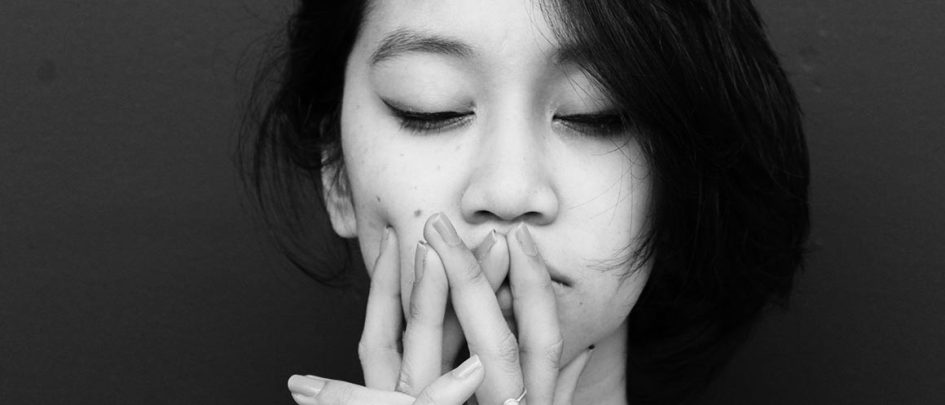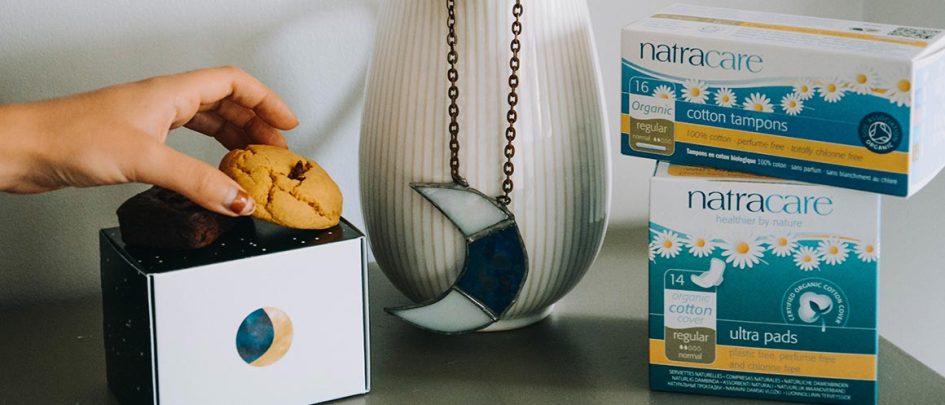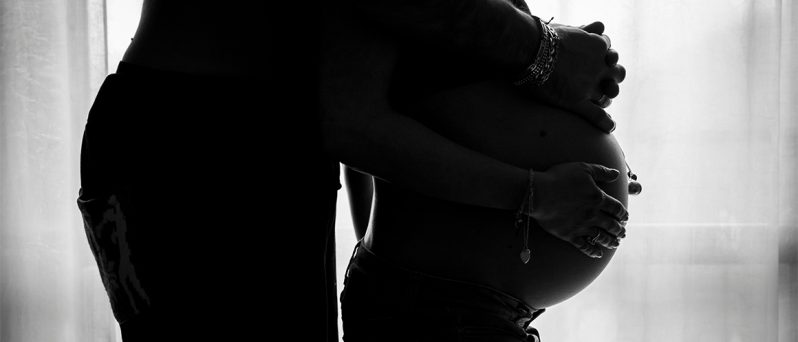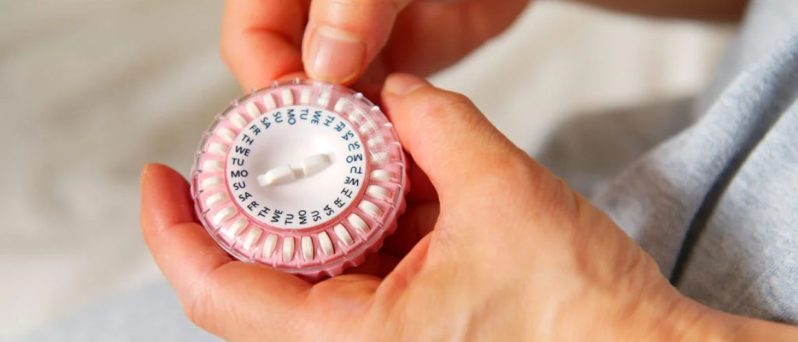The menstrual cycle is a function that mainly prepares your body for either a period or a pregnancy. It’s a natural rhythm many women and people with vaginas will experience and it begins during puberty, with the menarche (a person’s first period). Because it follows a cyclical rhythm, it will repeat over and over until the menopause (end of periods). The menstrual cycle typically lasts for 28 days, but this varies from person to person and can also change over a person’s lifetime.
And, over the course of the cycle there’s a flux of hormones and body triggers which can affect your body and mood. The menstrual cycle has four distinct phases: the menstrual, follicular, ovulatory, and luteal phases – and you’re here to find out what each of them mean.
Menstruation
Days ≈ 1-7
Phase one of the menstrual cycle is likely the one you’re most attuned to because it’s almost impossible to ignore the key sign it’s arrived: bleeding from your vagina. The menstrual phase is the shedding of the uterine lining, which comes out as a period. Period blood is a mixture of the endometrial lining of the womb, mucous, and a small amount of blood.
Hormones
Levels of progesterone and oestrogen are at their lowest.
How you might feel
Pre-menstrual symptoms (PMS) will start to ease or go away; however, it’s common to feel fatigue and experience cramps. During this time you might notice your body temperature is higher and your skin is more sensitive than usual.
Try Natracare
Period Products
Discover Now
Follicular phase
Days ≈ 1-14
Phase two of the menstrual cycle is the follicular phase, this starts on day one of a period and lasts for about two weeks. It’s called the follicular stage as follicles start to develop on the surface of the ovary. These are small nodules which contain an immature egg. Eventually a single follicle will become dominant and go on to release a mature egg. After a week in the follicular phase, the lining of the uterus starts to develop a thicker lining in preparation for a potential pregnancy.
Hormones
Oestrogen and follicle-stimulating hormones (FSH) rises.
How you might feel
During the follicular phase your skin is at its clearest and there are no hormonal impacts from PMS, which is always a relief.
Ovulation
Day ≈ 14
Phase three of the menstrual cycle is the ovulatory phase. This marks the release of a mature egg from the dominant follicle, which will start its journey down the fallopian tube towards the uterus – aka ovulation. This is when you will be at your most fertile if you are trying to get pregnant.
Hormones
Oestrogen is at its highest. Gonadotrophin-releasing hormone (GnRH) is released, and this prompts the release of other hormones: luteinising hormone (LH) and FSH. In turn, the rise in LH also causes a surge in testosterone.
How you might feel
This is also known as peak confidence phase (aka the really-feeling-yourself phase). We’re talking higher confidence, higher sex drive, and higher energy levels.
Luteal phase
Days ≈ 14-28
The final phase of the menstrual cycle is the luteal phase. The follicle from which the egg was released stays on the surface of the ovary and transforms into a structure known as the corpus luteum. This is a hormone releasing structure that eventually disintegrates when the egg is not fertilised. If the egg is fertilised, it maintains a hormonal environment to help a pregnancy.
Hormones
Progesterone and oestrogen levels rise courtesy of the corpus luteum. However, about halfway through the luteal phase, if an egg isn’t fertilised, both hormones start to nose-dive to trigger menstruation.
How you might feel
Unfortunately, pre-menstrual symptoms will be at their strongest so prepare yourself for the mood swings and the bloating! You may also experience other symptoms like tender breasts, and greasy skin. However, everyone’s different – while some experience really bad PMS, others might not experience PMS at all.
How to know where you are in the menstrual cycle?
If you want to know where you are in your menstrual cycle, using a period tracker can help you to align and keep track of where each phase is for you. It can be helpful to plan your time according to the peaks and troughs of where you’re at. Tracking your mood, changes in vaginal discharge, or even monitoring your basal body temperature can all help figure out where you are in your menstrual cycle.
This is especially useful if you’re tracking period for health reasons or trying to get pregnant – or if you want to feel more in tune with your body.
If you’re looking for plastic free pads or tampons to see you through your menstrual phase, check out these period products!












